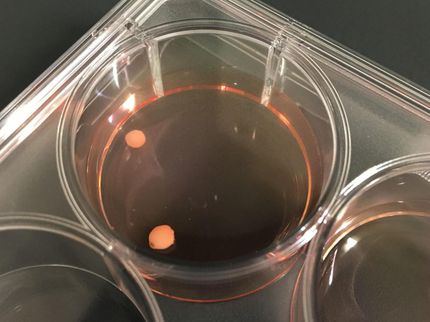Sunflower genome holds the promise of sustainable agriculture
As agricultural land becomes increasingly valuable, the need to maximize its utilization increases and decisions about what crops to plant and where, become paramount. The sunflower family includes a number of valuable food crops, with sunflower seed production alone valued at about $14 billion annually. Yet the sunflower family is the only one of a handful of economically important plant families where a reference genome is not available to enable the breeding of crops better suited to their growing environment or consumers tastes.
A new research project, largely funded by Genome Canada, Genome BC, the US Departments of Energy and Agriculture, and France's INRA (National Institute for Agricultural Research), will create a reference genome for the sunflower family – currently the world's largest plant family, containing 24,000 species of plants, including many crops, medicinal plants, horticulture plants and noxious weeds.
The US$10.5 million research project titled, Genomics of Sunflower, will use next-generation genotyping and sequencing technologies to sequence, assemble and annotate the sunflower genome and to locate the genes that are responsible for agriculturally important traits such as seed-oil content, flowering, seed-dormancy, and wood producing-capacity.
"The intent is to have the basis for a breeding program within four years," says project leader, Dr. Loren Rieseberg (University of British Columbia).
One of the potential applications of this research includes a hybrid variety of sunflower, grown as a dual-use crop. The wild Silverleaf species of sunflower, known for its tall, woody stalks that grow 10 to 15 feet tall and up to 4 inches in diameter in a single season, could be crossbred with the commercially valuable sunflower plant that produces high quality seeds, capitalizing on the desirable traits of both species.
"The seeds would be harvested for food and oil, while the stalks would be utilized for wood or converted to ethanol. As a dual-use crop it wouldn't be in competition with food crops for land," says project leader, Dr. Loren Rieseberg (University of British Columbia).
In addition, this fast growing annual crop will be highly drought resistant, thanks to desirable traits from the Silverleaf variety, and would therefore be suitable for use in subsistence agriculture in places like Sub-Saharan Africa, as well as in much of North America.
Organizations
Other news from the department science

Get the life science industry in your inbox
By submitting this form you agree that LUMITOS AG will send you the newsletter(s) selected above by email. Your data will not be passed on to third parties. Your data will be stored and processed in accordance with our data protection regulations. LUMITOS may contact you by email for the purpose of advertising or market and opinion surveys. You can revoke your consent at any time without giving reasons to LUMITOS AG, Ernst-Augustin-Str. 2, 12489 Berlin, Germany or by e-mail at revoke@lumitos.com with effect for the future. In addition, each email contains a link to unsubscribe from the corresponding newsletter.






















































